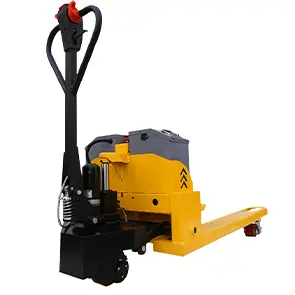


The Evolution and Benefits of Mini Electric Hoists
In the realm of lifting and material handling, mini electric hoists have emerged as essential tools that enhance efficiency and safety across various industries. Compact yet powerful, these devices are designed to lift and lower loads with remarkable precision, making them indispensable for both professional contractors and DIY enthusiasts.
What is a Mini Electric Hoist?
A mini electric hoist is a small, powered machine that uses a motor to lift and lower heavy objects. Its compact design makes it suitable for tight spaces where traditional hoisting equipment may not fit. Generally, mini electric hoists have a lifting capacity ranging from a few hundred to several thousand pounds, depending on the model. They typically consist of a hook or a clamp to secure the load, a motor, a pulley system, and a control mechanism, allowing operators to manage the lifting process efficiently and safely.
Design and Features
Mini electric hoists come in various designs and configurations to suit different applications. Many models feature a lightweight aluminum or steel construction, ensuring durability without adding excessive weight. Key features often include
1. Remote Control Operation Many mini electric hoists come with remote controls, allowing operators to lift and lower loads from a safe distance. This feature is particularly beneficial in hazardous environments.
2. Variable Speed Options The ability to adjust the lifting speed allows for greater control over the operation, making it easier to handle delicate items or large, cumbersome loads.
3. Overload Protection To prevent accidents and equipment damage, most modern mini electric hoists include overload protection mechanisms that automatically shut off the hoist if the load exceeds its rated capacity.

Applications
Mini electric hoists are highly versatile and can be employed in a variety of industries and applications
- Construction In construction settings, these hoists facilitate the movement of materials like bricks, drywall, and equipment, streamlining the building process. - Manufacturing In manufacturing environments, electric hoists are used to lift heavy components, enhancing productivity and ensuring worker safety. - Home Improvement For DIY enthusiasts, mini electric hoists simplify tasks such as installing ceiling fans, lifting heavy furniture, or hoisting decorations in hard-to-reach places. - Automotive In garages, these hoists assist in lifting engines or heavy parts, making repairs easier and more efficient.
Advantages of Mini Electric Hoists
1. Increased Efficiency By automating the lifting process, mini electric hoists significantly reduce the time and physical effort required to move heavy loads.
2. Enhanced Safety The use of proper hoisting equipment greatly diminishes the risk of injuries associated with manual lifting. With features like remote control and overload protection, operators can lift items more safely.
3. Cost-Effective Compared to larger, more industrial hoists, mini electric hoists provide a cost-effective solution for many lifting tasks, making them accessible to a broader range of users, from small businesses to hobbyists.
4. Improved Accessibility Their compact size makes them easy to transport and store, allowing users to take them wherever they are needed.
Conclusion
Mini electric hoists represent a remarkable intersection of technology and practicality, enabling users to overcome the challenges of lifting heavy objects efficiently and safely. As industries evolve and the demand for versatile lifting solutions grows, these compact hoists will undoubtedly continue to play a crucial role in enhancing productivity and ensuring workplace safety. Whether on a construction site, in a manufacturing plant, or within the confines of a home workshop, the mini electric hoist is a game-changer that stands ready to tackle the challenges of the modern world.



